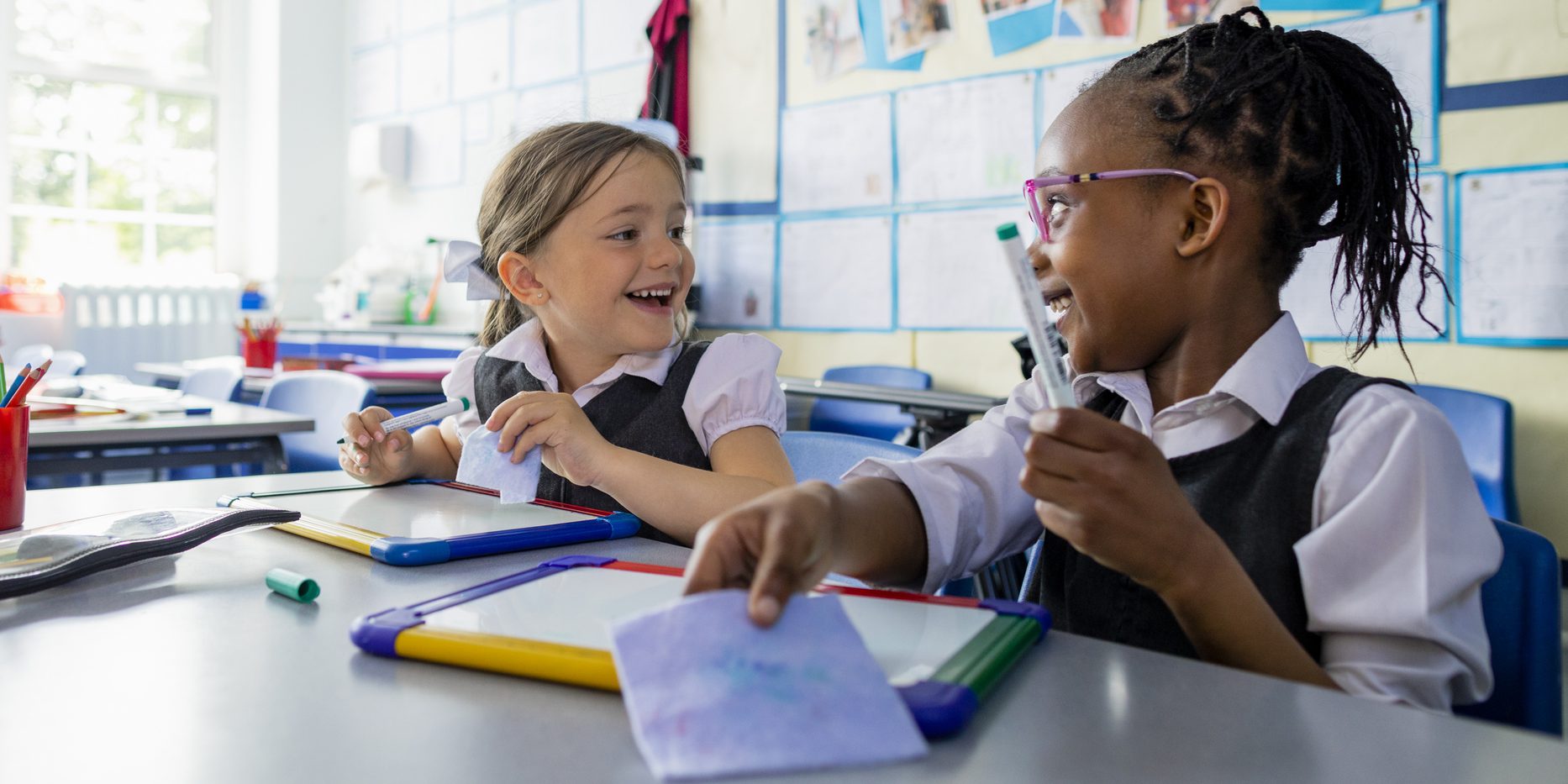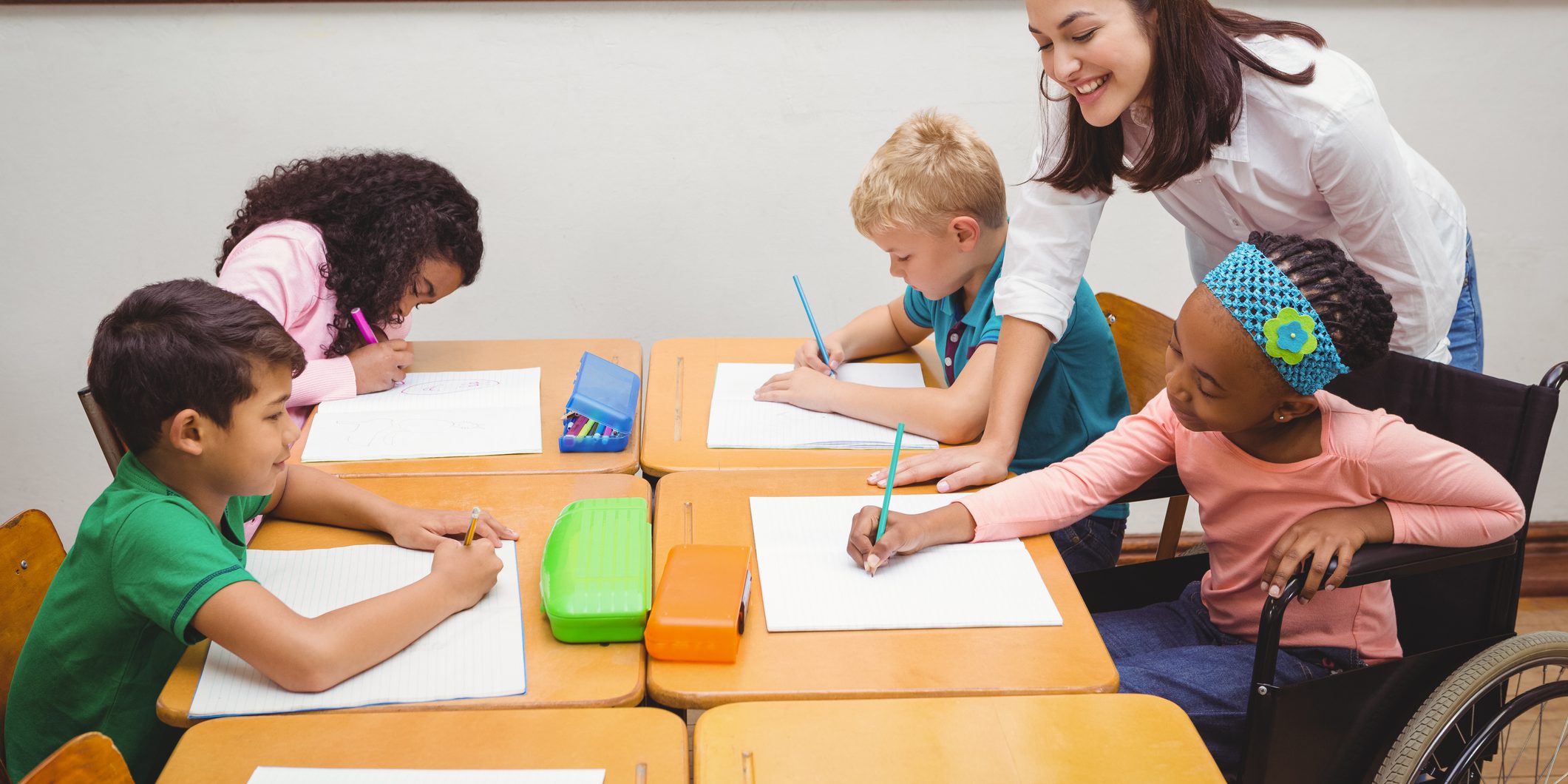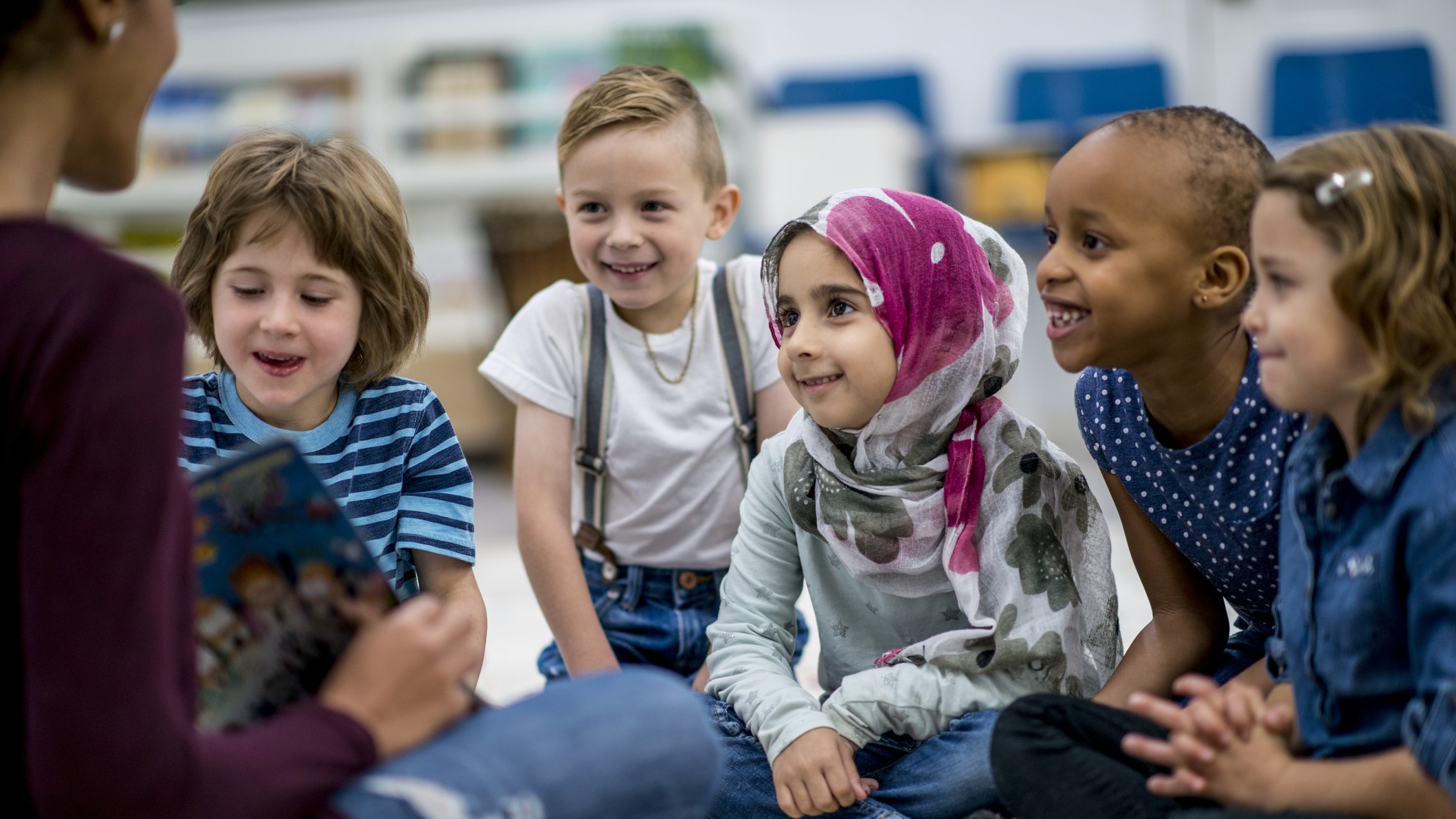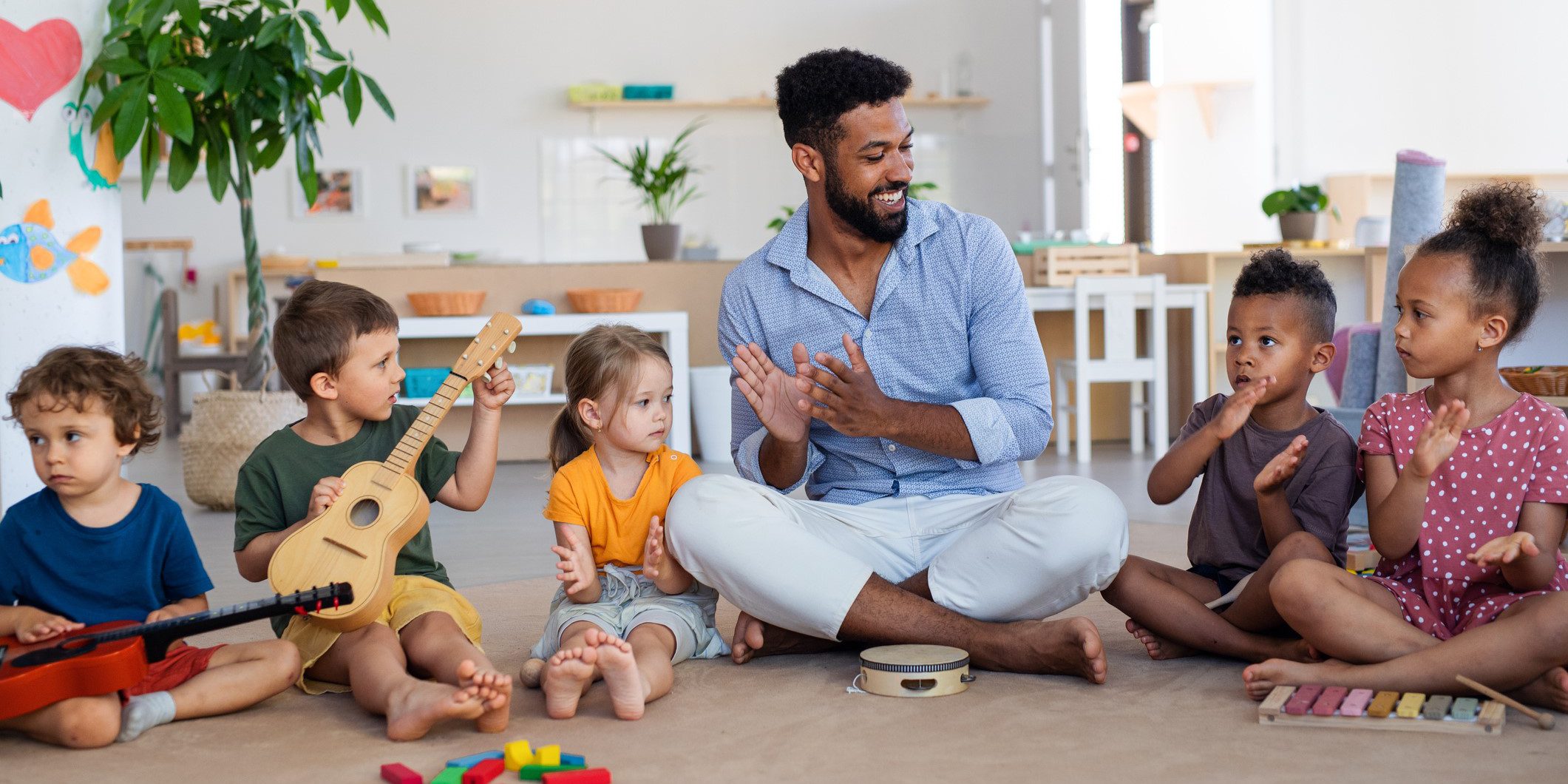This measure focuses on how consistently the teacher assists children in their communications and interactions with other children, the quality of that assistance, and avoiding encouragement of negative interactions among peers. Teachers can help children communicate during their play (helping children build off play ideas), resolving conflict, and in speaking respectfully to each other. Importantly, teachers should use supportive language to help children communicate (e.g., “What can you say instead of hitting?”), but not direct the communication (e.g., not telling children to say “sorry”).
Category: Category 2: Teacher-Child Interactions
Subcategory: Support for Children’s Regulation
Examples
In this section you will find videos, images, and/or documents that can be used to better understand this measure. These examples can also be used in conversations between mentors, directors, and/or teachers to discuss how the program's current practices compare to these examples.
Video Example
In this video exemplar you will see teachers support toddlers, preschoolers, and school age children as needed to communicate effectively as conflict arises with their peers.
Age(s): Toddler, Preschool, School-age
Video Example
In this video, you’ll see teachers model how to express thoughts, negotiate, problem-solve, and communicate with others. Toddlers and preschoolers often need concrete models to learn these skills. They need specific language strategies that help them ask or explain how or why something happens or to negotiate a disagreement.
Age(s): Toddler, Preschool
Video Example
In this video exemplar, the teacher assists the children with interacting and communicating with one another by modeling which words to use so they can both play with the tunnel. Teachers can use supportive language to help children communicate in a respectful manner during play and during conflict.
Age(s): Toddler
Video Example
Teachers should intervene quickly to help children solve problems when more than one child wants the same toy, wants to play in the same spot, or wants another child to move out of the way. Watch as the teacher in this video interprets what the children are trying to do and say but also suggests actions and words to help resolve conflicts while sharing playground equipment.
Age(s): Toddler
Video Example
Teacher can support interactions between toddlers by providing children with common phrases that children say to each other. Watch as the teacher in this video coaches children with words to say while greeting each other. By supporting these conversations, the teacher helps children in communicating with their peers.
Age(s): Toddler
Practice Opportunities
These resources include tips, strategies, activities, or specific tools related to this measure that programs can put into practice.
Publication
This publication from PennState Extension provides tips teachers can use to offer solutions to children during conflict, such as modeling words to encourage sharing and turn taking. Teachers can use supportive language to help children communicate in a respectful manner during play and during conflict.
Age(s): Toddler, Preschool, School-age
Activity
Teachers support children’s positive interactions with peers through role-playing. As children become comfortable initiating friendships, the language they learn from this activity will help them speak respectfully and expand on each other’s play ideas.
Age(s): Preschool, School-age
Activity
In this intentional activity, teachers will guide children’s communication and interactions with each other by modeling how to speak respectfully. Teaching children how to interact with their peers proactively prevents conflict.
Age(s): Preschool, School-age
Activity
In this activity, teachers will guide children as they act out steps for solving problems. The steps in the problem-solving process enable children to speak respectfully when they need to resolve a conflict with a friend.
Age(s): Preschool, School-age
Activity
As children roll a ball to a friend, caregivers can guide children to speak respectfully to each other. Toddlers may point at a friend instead of saying their name, and teachers can support children’s positive peer interactions by giving reminders that make all children feel included.
Age(s): Toddler
Activity
Some young children need assistance to communicate with classmates. Teachers can use this activity to proactively prevent conflict by modeling respectful communication and encouraging children to use it as they share with a partner.
Age(s): Preschool, School-age
Publication
This publication from the Extension Alliance for Better Child Care provides toddler and preschool teachers with steps they can follow to assist children with conflict resolution. Teachers can use supportive language to help children communicate in a respectful manner during play and during conflict.
Age(s): Toddler, Preschool






